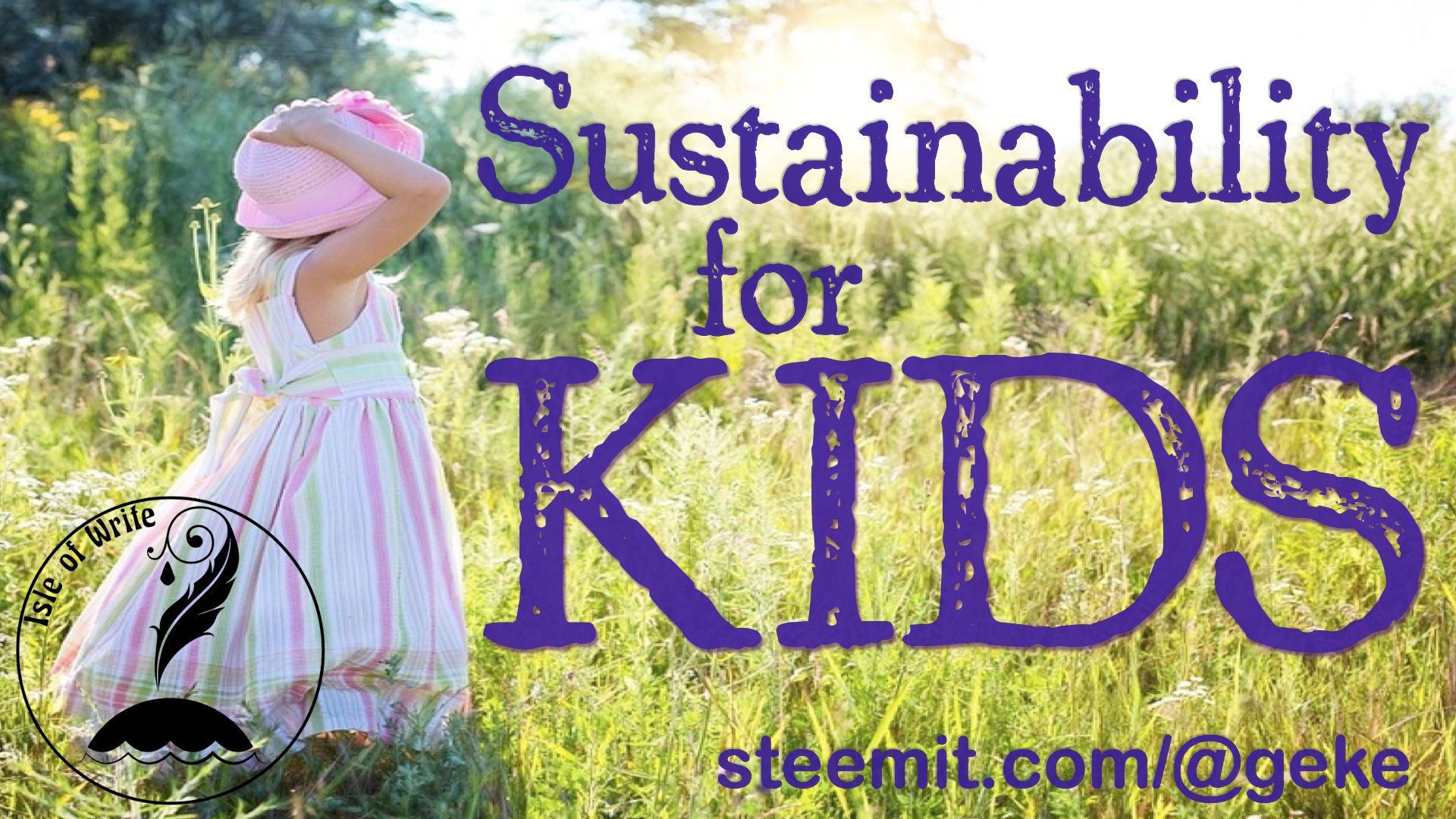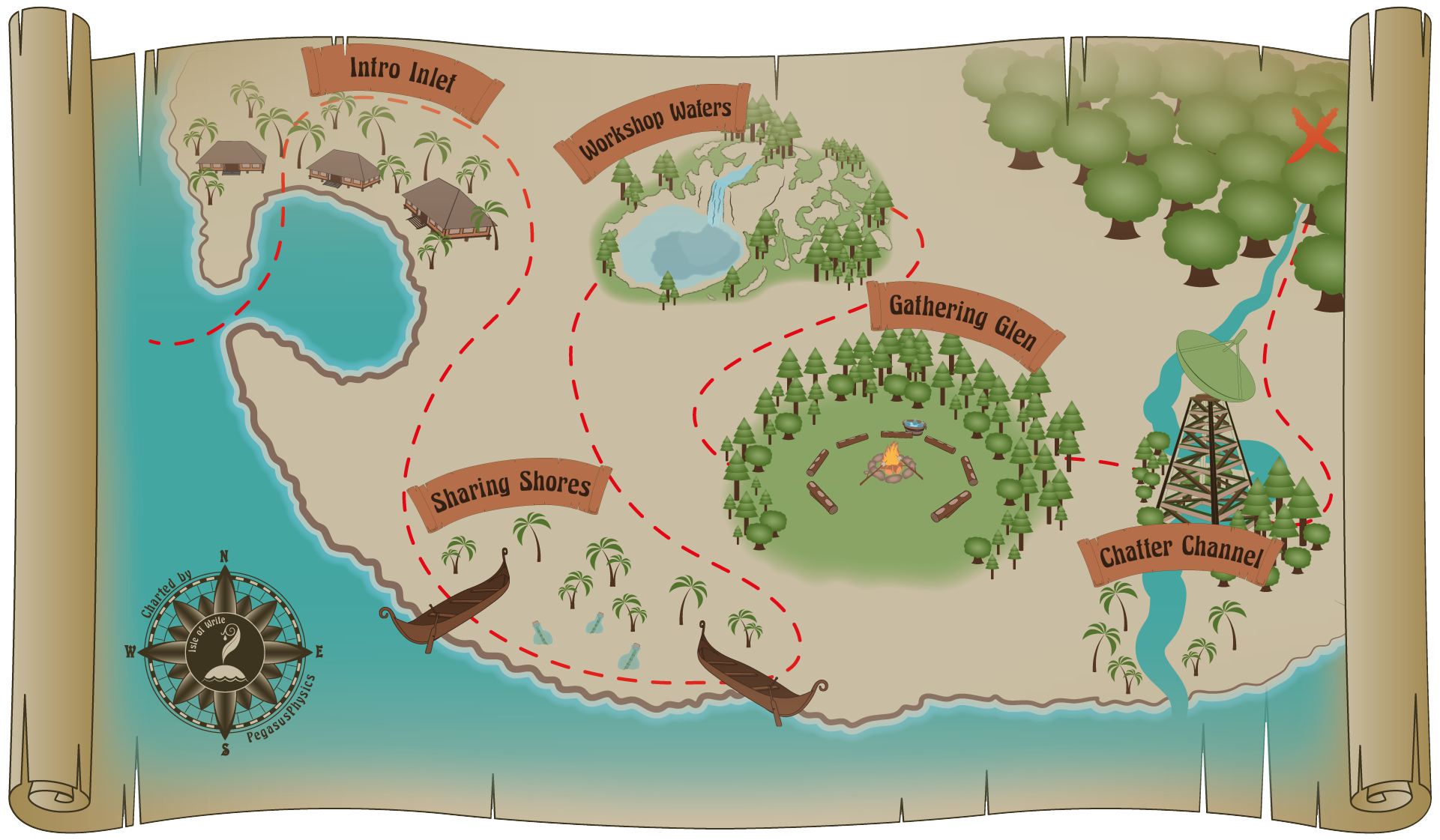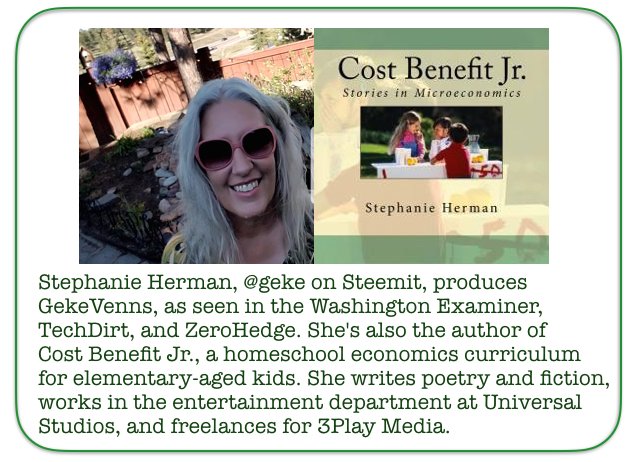
Part 1 | Part 2 | Part 3 | Part 4 | Part 5 | Part 6 | Part 7 | Part 8 | Part 9 | Part 10 | Part 11 | Part 12 | Part 13 | Part 14 | Part 15 | Part 16 | Part 17 | Part 18 | Part 19 | Part 20 | Part 21 | Part 22 | Part 23
Another way to move toward more sustainable living is to recognize when the term “sustainability” is used by corporations simply to get us to buy something new or something different.
A great example of this was the push we had a few years ago toward “green” light bulbs. Light bulbs that use less energy are a good idea. That's a benefit we should compare to its cost. But corporations often hide behind a good idea when they're pursuing government-protected profit margins. And just because something is a good idea (in some ways), that shouldn't mean we should be forced to buy it.
Forcing or encouraging us to buy things has always been one of the jobs of our pro-consumption government. So we shouldn't be surprised when they try to convince us that what they're pushing on us is “sustainable.”

The sustainable light bulb example started with the Energy Bill of 2007. One of the things this law did was make incandescent light bulbs illegal because they weren't energy-efficient enough (this light bulb “ban” was later overturned, but efficiency regulations do still exist).
Back in 2007, this ban on low-efficiency incandescent bulbs was great news for companies already producing compact flourescent (CFL) and light-emitting diode (LED) bulbs, which did meet the new efficiency standards. But when the government makes it illegal to produce something, our first question should be, why? Why not let the market handle it?
Normally, consumers decide if companies should stop producing a product. They do that through demand: they either buy the product or they don't. So if the CFL or LED bulbs really were better, people would start to buy more of them and the demand for incandescents would eventually get phased out.
But consumers decide whether to buy something based on a product's benefits and costs. And in the case of CFL and LED bulbs, the offsetting cost kept many consumers from buying them.
Beyond that, most consumers realized pretty quickly that CFLs weren't a sustainable choice. Their environmental costs included giving off UV rays and emitting mercury gas if they broke. Disposing of them became a nightmare for consumers. These bulbs were dangerous and toxic, but interestingly, the government never banned CFLs. Why? Because the big corporations of the lighting industry weren't asking for a ban of CFLs. In fact, the only ban they had been asking for was an effort to protect CFLs.
As it turns out, the whole reason for the rise in efficiency standards in the 2007 Energy Bill was that the Philips company wanted to do away with incandescents. There was more money to be made in high-efficiency bulbs. But as long as cheap incandescents still existed, they would compete with the more expensive bulbs in the minds of consumers.
According to Tim Carney, who follows corporate lobbying and the “revolving door” for the Washington Examiner, Philips teamed up with the National Resources Defense Council to come up with new efficiency standards for lights bulbs so that these cheaper competing products could be removed from the market. Everyone cheers the fact that a big corporation is so willing to work with government regulators, but few people seem to notice that this means that corporations, themselves, often end up writing the laws that regulate their industry! (Philips could have chosen to simply stop making incandescents, but they couldn't make their competitors do this.)
The market, however, wasn't happy with what was being forced upon it and the market (meaning us, the consumers) fought back in several ways. Many people protested the new standards and Congress ended up overturning the incandescent ban a few years later.
And over time, the market started to kill CFL bulbs, too. Consumers simply stopped buying them. As a result, GE decided to phase out producing CFL bulbs voluntarily in 2016.
So it was us – the consumers – who killed the dangerous and toxic bulb the government was trying to protect. Efficiency isn't the only factor we should consider when judging a product, and this is a huge lesson for us as we try to create a more sustainable and less polluted world.
This article is one of a series I'm writing for the 30 Day Writing Challenge hosted by @dragosroua. If you want to join, write on a topic that interests you or that you'd like to learn more about and use the tag #challenge30days. As Dragos says, "The key word sequence here is: "write every day."

Think you'd like to wash up on our shore?
The treasure map will bring you right to our door!


